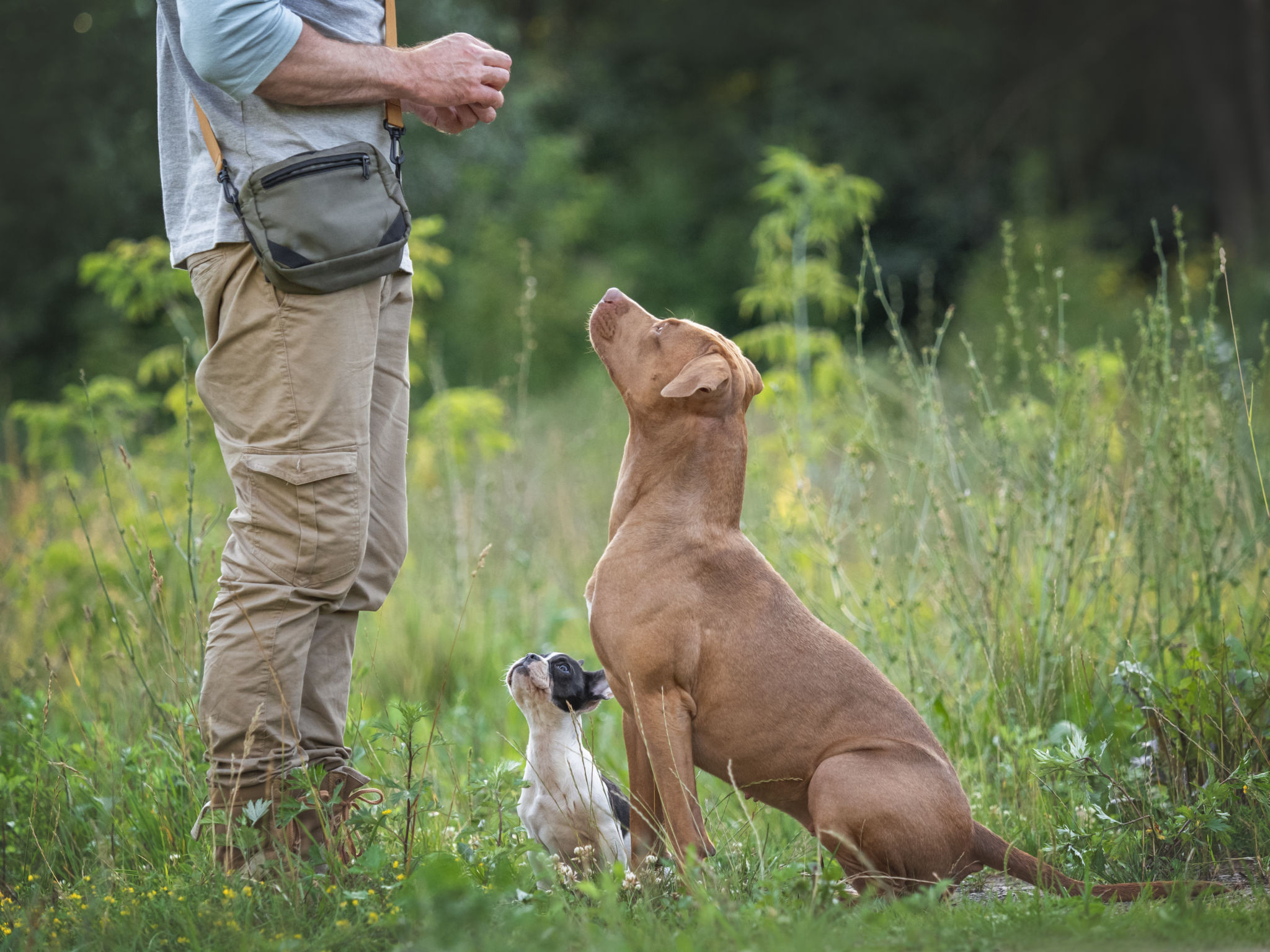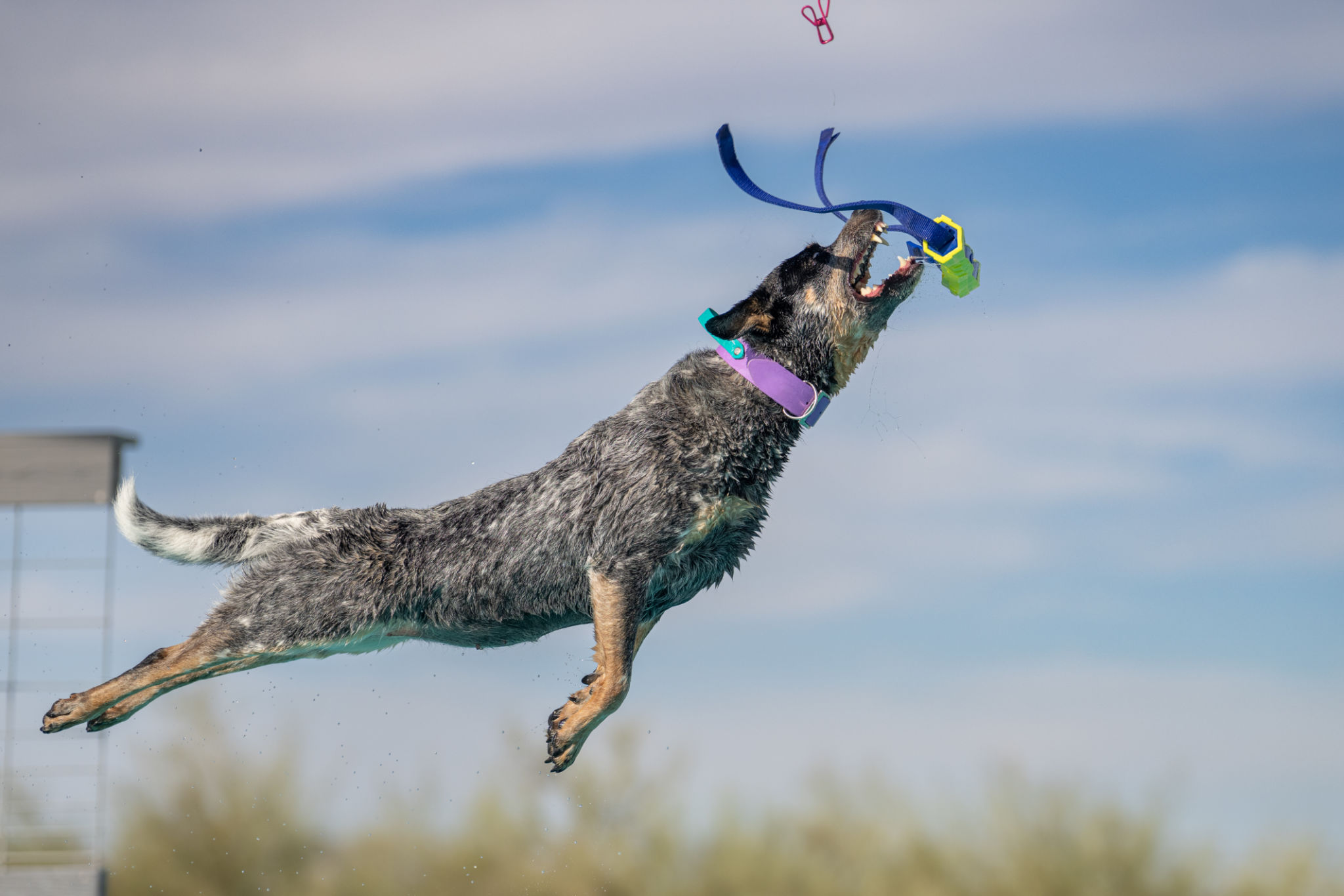Dog Training Rewards: Boost Success with Treats
DR
Effective Rewards for Dog Training Success

Discover effective dog training rewards to boost training success! Learn how treats, toys, and praise can build a well-behaved and confident dog.
Rewards are a crucial part of dog training because they reinforce positive behavior, making it more likely that your dog will repeat the desired action. By associating good behavior with a positive outcome, you create a strong incentive for your dog to learn and obey commands. Rewards help bridge the communication gap between you and your dog, enabling them to understand what is expected. This positive reinforcement builds a foundation of trust and cooperation, which is vital for long-term training success.
Dogs, like humans, are motivated by the prospect of receiving something they enjoy. When a dog understands that a specific behavior leads to a reward, it becomes more inclined to perform that behavior consistently. This method of training is known as positive reinforcement, and it's a proven technique for effective dog training. Positive reinforcement not only encourages good behavior but also helps in building your dog's confidence. By focusing on what your dog does right, you create a supportive environment that encourages learning and growth.
When it comes to rewarding your dog, variety is key. Different rewards work for different dogs, and it's important to understand what motivates your pet. Here are some popular types of dog training rewards. The effectiveness of a reward can also depend on the context of the training session and the individual personality of your dog. Tailoring the reward to suit the situation and your dog's preferences can make a significant difference in training outcomes.
Dog training treats are perhaps the most common reward used in training. They are small, tasty, and easy to dispense, making them perfect for quick rewards during training sessions. When choosing treats, consider the following:
- Size and Calorie Content: Opt for small, low-calorie treats so you can reward frequently without overfeeding. This approach helps maintain your dog's healthy weight while ensuring they are motivated throughout the training session.
- Flavor: Find a flavor your dog loves to keep them engaged and motivated. Experiment with different flavors to discover which ones your dog responds to most enthusiastically.
- Quality: Choose treats made with natural ingredients and free from artificial additives. High-quality treats not only enhance your dog's health but also show that you care about their well-being.
For some dogs, toys are more exciting than food. If your dog is particularly playful, using toys as a reward can be highly effective. Consider the following when using toys as rewards:
- Durability: Choose sturdy toys that can withstand vigorous play. Durable toys ensure that your dog can enjoy them for longer periods, maintaining their interest over time.
- Variety: Have a selection of toys to keep your dog interested and eager to earn different rewards. Rotating toys can keep the training sessions fresh and exciting, preventing your dog from getting bored.
- Interactive: Toys that require your participation, like tug ropes or balls for fetch, can enhance the bonding experience. Interactive play not only serves as a reward but also strengthens the connection between you and your dog.
Never underestimate the power of verbal praise and affection. Many dogs respond well to a simple "good job" or a gentle pat. This type of reward can be used in conjunction with treats or toys to reinforce positive behavior. Verbal praise should be enthusiastic and genuine to convey your satisfaction with your dog's behavior. Consistent praise helps your dog understand that they are on the right track, boosting their confidence and reinforcing the bond you share.
Clicker training is a method that uses a small device that makes a clicking sound to mark a desired behavior. When paired with a treat, the clicker becomes a powerful tool for training. It allows for precise timing and consistency in rewarding behavior. Clicker training is particularly effective for shaping complex behaviors, as it clearly marks the exact moment your dog performs the desired action. This clarity reduces confusion, helping your dog learn faster and more efficiently.
The timing of the reward is critical in dog training. To effectively communicate which behavior is being rewarded, deliver the reward immediately after the desired action. This immediate reinforcement helps your dog make the connection between the behavior and the reward. Prompt rewards create a clear link between actions and outcomes, reducing the likelihood of your dog getting confused about what is being reinforced.
Consistency is equally important. Use the same reward system and commands each time you train, so your dog understands what is expected and what they will receive as a reward. A consistent approach helps establish a routine, making it easier for your dog to predict outcomes and adjust their behavior accordingly. Over time, this consistency leads to quicker learning and more reliable responses from your dog.
Every dog is unique, and what works for one may not work for another. Pay attention to your dog's preferences and tailor your rewards accordingly. Some dogs may be food-motivated, while others may be more responsive to toys or affection. Experiment with different rewards to see what your dog responds to best. Observing your dog's reactions during training can provide valuable insights into their motivations, allowing you to refine your reward strategy for maximum effectiveness.
In some situations, such as training in a distracting environment or teaching a complex command, you may need to use high-value rewards. These are rewards that your dog finds particularly enticing, such as special treats or a favorite toy. High-value rewards can help maintain your dog's focus and enthusiasm during challenging training sessions. By reserving these rewards for difficult tasks, you can leverage your dog's motivation to overcome distractions and achieve training goals.

While rewards are a powerful tool in dog training, it's important to avoid common pitfalls:
- Overfeeding: Be mindful of the calorie content of treats to prevent overfeeding. Use small treats or break larger ones into pieces. Monitoring your dog's calorie intake ensures they remain healthy and prevents unwanted weight gain.
- Inconsistency: Inconsistent rewarding can confuse your dog and slow down the training process. Stick to your established reward system. Consistency helps reinforce learning and builds your dog's trust in the training process.
- Over-reliance on Treats: While treats are effective, aim to gradually phase out treats and rely more on praise and affection as your dog becomes more proficient in following commands. This transition helps your dog internalize good behavior, making it less dependent on external rewards.
Effective rewards are a cornerstone of successful dog training. By understanding your dog's preferences and using a variety of rewards, you can create a positive training experience that encourages good behavior. Remember, the key to success is consistency, timing, and patience. With the right approach, you'll be well on your way to having a well-behaved and happy dog. Training is not just about teaching commands; it's about building a harmonious relationship with your dog based on mutual respect and understanding.
Ultimately, the bond you build during training will not only teach your dog good manners but also strengthen the relationship between you and your furry companion. So, arm yourself with the best dog training rewards and embark on the rewarding journey of training success. The journey may have its challenges, but the joy of seeing your dog grow and learn makes every moment worthwhile.
Keywords:
dog training treats, dog training rewards, reward for well behaved dog, rewards for dogs
